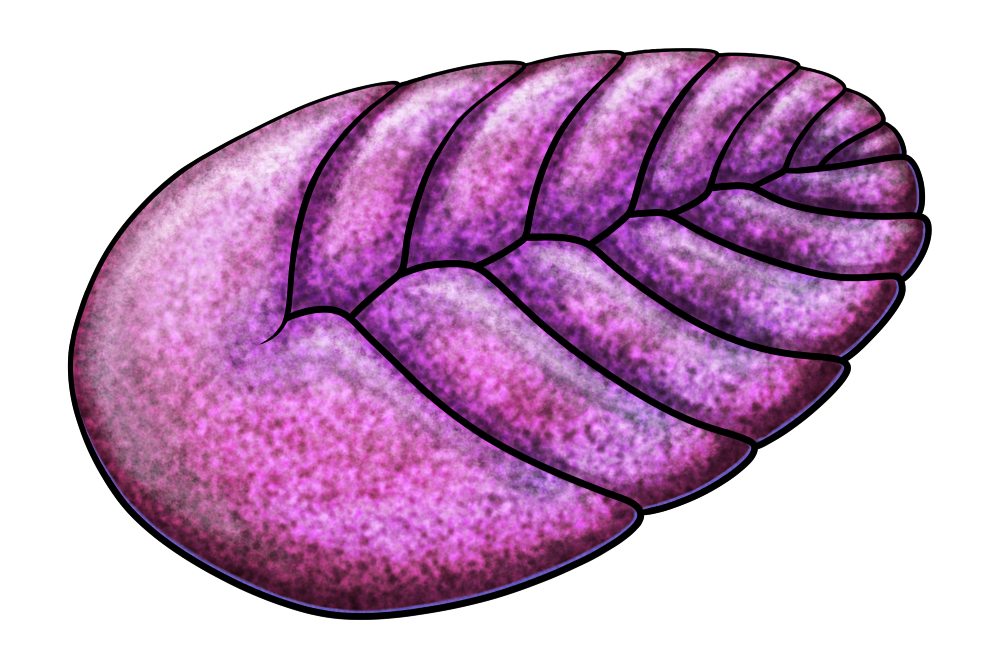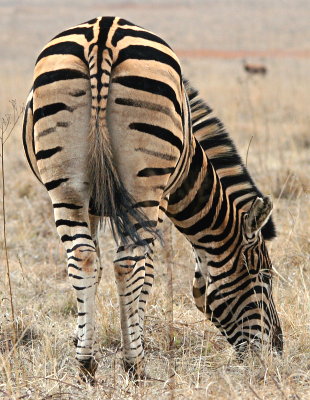Most animals are bilaterally symmetric, having body plans with mirrored left and right sides – which also allows them to have a defined head end, rear end, top side, and underside.
It’s not entirely clear what evolutionary advantage this type of symmetry gave to the first bilaterians, which would have been been small “simple” worm-like animals living sometime during the Ediacaran Period between 600 and 560 million years ago. The current generally accepted explanation is that it probably allowed for better active locomotion – clustering sense organs at the head end and directing body movement more efficiently towards food sources and away from threats.
However, this sort of symmetry is never completely perfect. Internal structures like organs are often arranged nonsymmetrically, and the realities of genetics, physical development, and environmental influences always result in external small deviations.
…But not every bilaterian has stayed roughly symmetrical.
Over the last half-billion years or so some bilaterians have abandoned their roughly-mirror-image body plans in favor of something distinctly wonkier. Asymmetry has evolved multiple times in various different lineages, and so every weekday this month we’ll be looking at some examples.
And we might as well start way back near the beginning:
Strange Symmetries #01: Almost Bilateral
Living in the Ediacaran between about 567 and 550 million years ago, the proarticulatans were flattened rounded organisms with two rows of soft “quilted” rib-like segments (known as isomers) and sometimes a larger fused “head” section at the front. The left and right isomers weren’t perfectly mirrored, instead being offset from each other in a glide reflection pattern – but the presence of a clear central body axis suggests these animals may have had some sort of relation to the earliest bilaterians, possibly even being a very early stem group that was experimenting with a not-quite-totally-bilateral body plan.

Discovered in what is now northwest Russia, and dating to around 555 million years ago, Vendia sokolovi was a small proarticulatan measuring about 1.1cm long (0.4″). It had a rather small number of isomers compared to some of its relatives, only 7 per side, and seems to have had a simple digestive tract that branched into each isomer.
(The superficial resemblance to trilobites was coincidental – while we might not be entirely sure what these things were, we do at least know they weren’t closely related to early arthropods.)
Very little overall is known about these animals’ lifestyles. Trace fossils suggest they were able to move around, feeding on microbial mats on the seafloor, and they may also have been able to firmly stick themselves onto the spots they were currently grazing.

